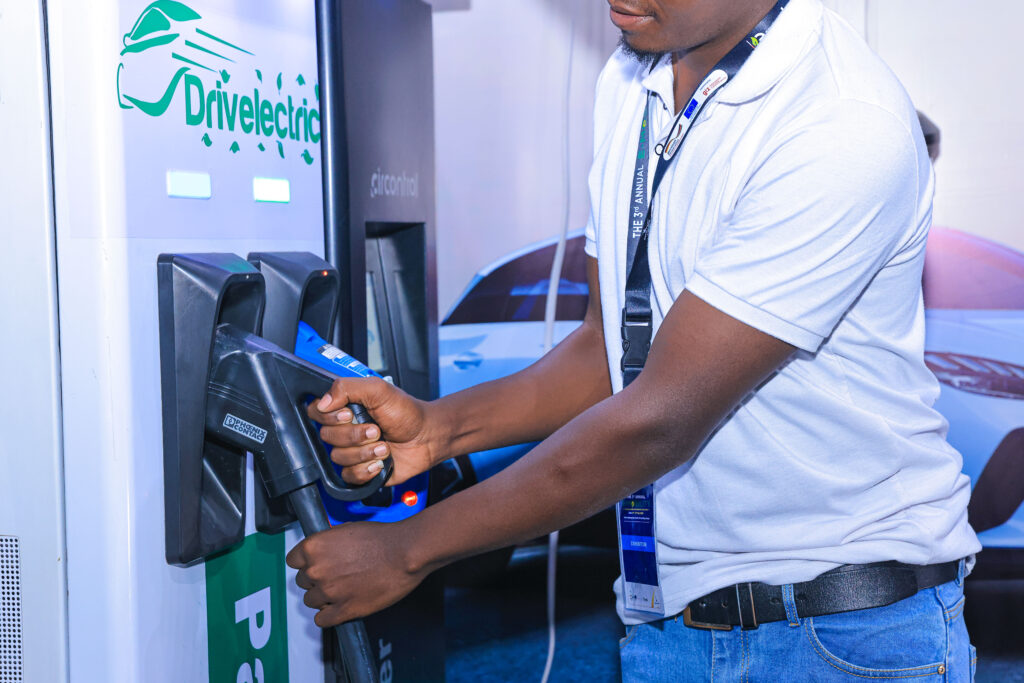
Kenya is ramping up its climate ambition. In a landmark move, the country has submitted its second Nationally Determined Contribution (NDC), setting the country’s course for the next five years. This is more than a policy document – it’s a clear signal that Kenya is committed to a low-carbon, climate-resilient future.
What stands out about this NDC is how it was developed. Kenya took a participatory, multi-stakeholder approach for national and subnational consultations – moving away from siloed decision-making. This collaborative model is expected to continue into the implementation phase, helping to align efforts across sectors and levels of government. Thanks to its Climate Change Act, Kenya has a solid coordination mechanism in place that operates at both national and subnational levels, making this kind of broad collaboration possible.
At the heart of the NDC is a bold target: To reduce emissions by 35% by 2035 compared to the business-as-usual (BAU) scenario of 215 MtCO₂e. This means abating roughly 75.25 MtCO₂e, with reductions expected across all sectors of the economy. Importantly, the strategy aims to balance environmental goals with continued socioeconomic development.
Transport plays a crucial role in Kenya’s emissions profile, and it’s one of the key focus areas in the new NDC. The country has committed itself to the “promotion of low carbon, climate-resilient and efficient transport systems that are gender-responsive and accessible to all”.
To achieve this, the country is implementing a set of transformative actions:
Together, these steps aim to reduce emissions significantly while making mobility more efficient and inclusive.

Kenya is already making waves as a regional leader in the green transition. The upcoming E-Mobility Policy is a good example. Once finalised, this policy will pave the way for wider deployment of electric vehicles, powered by Kenya’s renewable electricity. It’s a win-win for climate and energy sustainability.
Implementation needs more than just ambition, it needs accountability. Kenya plans to review and align its monitoring and evaluation framework with the new NDC. This will make it easier to track climate action across sectors and report progress transparently.
Of course, ambition comes with cost. The total estimated investment needed to implement the NDC? 56 billion US Dollars. This underscores the importance of strong financing partnerships, both domestic and international. Public-private collaborations will also be key in translating plans into real-world outcomes.
Kenya’s second NDC sets the stage for transformative climate action. For the transport sector, it signals a shift toward cleaner, smarter, and more inclusive mobility solutions. With the right support and sustained effort, Kenya is not just planning for a low-carbon future, it’s already building it.
Learn more about Kenya’s Climate Policies in our NDC Transport Tracker >> Kenya – Changing Transport
The IMPROVE project is implemented by the Deutsche Gesellschaft für Internationale Zusammenarbeit (GIZ) GmbH and is funded through the International Climate Initiative (IKI) of the German Federal Ministry for Environment, Nature Conservation and Nuclear Safety (BMUV).
 Electric buses are transforming public transport in Kenya | ©Electric Mobility Association of Kenya (EMAK)
Electric buses are transforming public transport in Kenya | ©Electric Mobility Association of Kenya (EMAK)

Carol Mutiso
carol.mutiso@giz.de
Visit profile